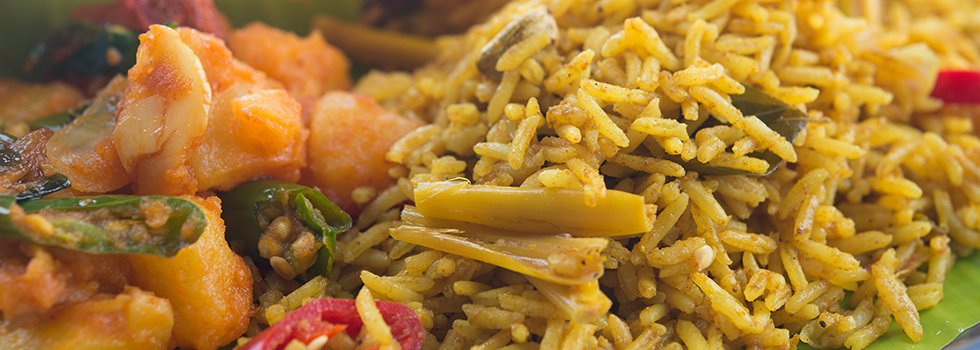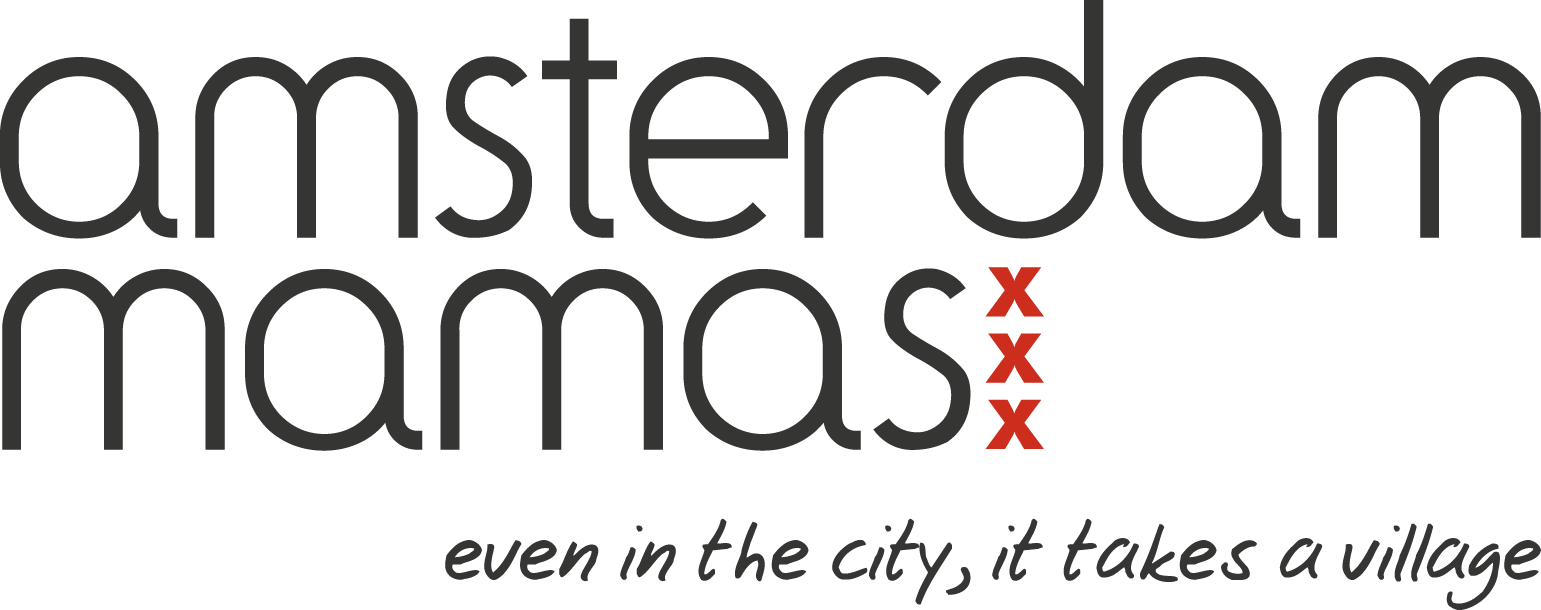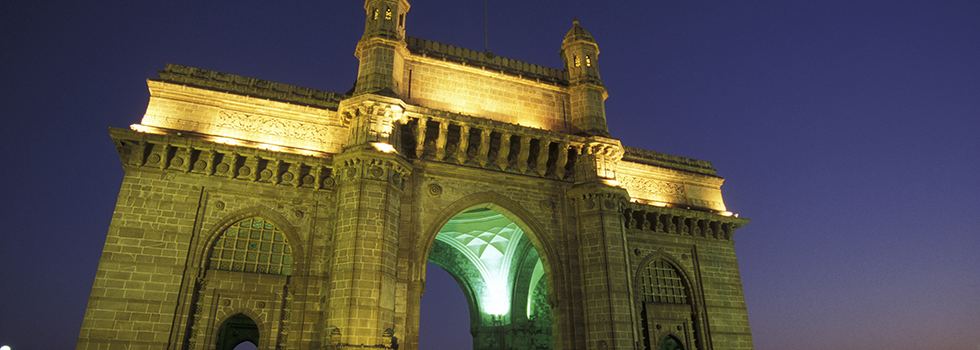Keen on visiting India? One of our Amsterdam Mamas gives you an insider’s guide to the bustling and colourful city of Mumbai!
Mumbai – Some Basic Facts
Mumbai is a huge city! It has a population of almost 20 million people: to put that in perspective, New Mexico City, has around 23 million, and Amsterdam, approximately 800,000. Mumbai used to be called Bombay and is still fondly called by that name by some (ex) residents; including me. I tend to switch between the two.
You can take a girl out of Bombay, but you can never take Bombay out of a girl!
Bombay is on the west coast of India, with the Western Ghats (a mountain range that runs along the length of the Malabar coast) to the east. The city has grown in a northward direction. On a map, it appears as a long, skinny, densely populated metropolis. Bombay used to be seven small islands, which were later connected by reclaimed land. Mumbai is ideally located: with beautiful beaches, only a couple of hours out of the city, across the Thane Creek. Travel a few hours inland southwards towards Tarkarli, and you discover farms, lush plains, lofty hills and table mountains. Bombay’s tropical, hot, humid climate (30-32 degrees Celsius), is broken by a spectacular monsoon season from June to September and a few marginally colder months from December to February (26-29 degrees Celsius). A good time to visit is during these winter months when shorter days, languid evenings and cool breezes make walking and exploring quite enjoyable.
I want to caution the first time traveller: Mumbai is busy, crowded, loud, unclean and intense! Everything is heightened; smells, colours, emotions, breezes, tastes, disparities and wonders. Respect the culture and the climate, and you’ll have a great holiday. I have experienced visitors who love it and continue to return, and others that never quite get it and leave perturbed.
Stay
You can treat yourself to unequivocal five-star luxury, as India is known for the most exceptional hospitality, or you can rough it a bit. The Taj Mahal hotel is incomparably luxurious but pricey. The Trident, the President, the Shalimar are all top hotels and well located. You want to be careful with food and water, with children especially, so plan your stay accordingly. I suggest basing yourself in South Mumbai; it’s the older, historic part of town. Public transport is tricky in terms of schedules and crowds. A black-and-yellow cab or Uber is perhaps more convenient.
Be careful with food but don’t miss out on local delicacies!
What to See
Things to not miss while in the city, include a ride on a BEST double-decker bus, a local train (outside of rush hour) and, a public ferry from the Gateway of India to Elephanta or Mandwa jetty. Avoid going on a Sunday, when it can be over overcrowded with local tourists. Make sure to plan a few heritage walks through the Fort area, and artsy Kala Ghoda; this area is home to the Prince of Wales Museum (Chhatrapati Shivaji Maharaj Vastu Sangrahalaya), a new Children’s Museum and the National Gallery of Modern Art. It offers many art galleries, design hubs, and the Bhau Dadji Lad Museum, in the east of the city, next to the zoo. Be sure visit the grand, fraying Ballard Estate, Ban Ganga, Chowpatty Beach and Marine Drive, Crawford Market and Kalbadevi. These neighbourhoods are a treasure trove of Victorian, Imperial, Indo-Saracenic, Art Deco, vernacular and traditional architecture! Buildings, people and clothes are untidily meshed together, creating a riot of impressions.
Eat!
Be careful with food but don’t miss out on local delicacies! Street food is also available off the street at some lovely restaurants. If the heady smells don’t lead you there, I’d suggest feasting at Swati, Soam, Sri Thakur Bhojnalaya, and Dakshinaya; for a spread from the North, South and Gujarat. Coffee lovers needn’t fear; western-style cafés dot the city. A few favourites are Kala Ghoda Café, Pantry and Basilico.

Good food, fine dining and restaurants, with incredible spatial layouts, have found a home in the city. Masque, Koko, Vetro, Bombay Canteen and my forever favourite, The Table, are all worth the price tag. Though, Udipi restaurants, Irani Cafés, and street vendors continue to be the heroes of the culinary scene. The beauty of this city is that you can dole out a hefty amount for luxury or explore it on a tight budget, without missing out.
Buildings, people and clothes are untidily meshed together, creating a riot of impressions.
Shop!
Bombay allows you to shop till you drop. Prices are generally lower than in Europe. Mumbai offers a variety of shopping options: from clothes at Fashion Street for a few euros, to a handwoven pashmina, at a boutique, for a few thousand euros. Stores that are popular with tourists are Fabindia, Anokhi, The Shop, Chimanlals and my favourite, Good Earth. My kids cannot go past, Fashion Street, in Fort, where they can buy ‘Hikes’ (not Nikes) for under 10 Euro.
Out of Town
Once you’ve seen what’s on offer in the metro, I’d suggest you drive up to Sanjay Gandhi National Park; an escape from a bustling city which can overwhelm the senses. It is an oasis of natural beauty inside the city borders. No, you will not be the only tourist. Still, you will find ancient Buddhist caves, birds, butterflies, flora, fauna, a rickety mini train ride safari, and hiking trails. Similarly, you can sail on a public ferry from the Gateway of India to Mandwa jetty, and then catch a rickshaw to the nearest beach or farm for a day out of town.
These are only some things that maintain my love affair with Bombay. You can take a girl out of Bombay, but you can never take Bombay out of a girl!
Photo credits: All images from Yay Images
Tasneem Hatimbhai
Tasneem Hatimbhai is originally from Bombay, India and lives in Amsterdam with her Dutch husband and their two children. She has been a writer and editor for over 20 years, focussing on lifestyle related articles, features about contemporary Indian Art, content creation for academic websites, journals and social media for related accounts. In 2012, she started Mumbai Mills, an NGO that blended Indian creativity, art and design. Mostly recently, in 2024, in keeping with her love for contemporary Indian art, Tasneem launched an online platform and an art gallery for South Asian Contemporary Art in Amsterdam, @sacart.ams. She also happens to be the editor-in-chief of Amsterdam Mamas.






